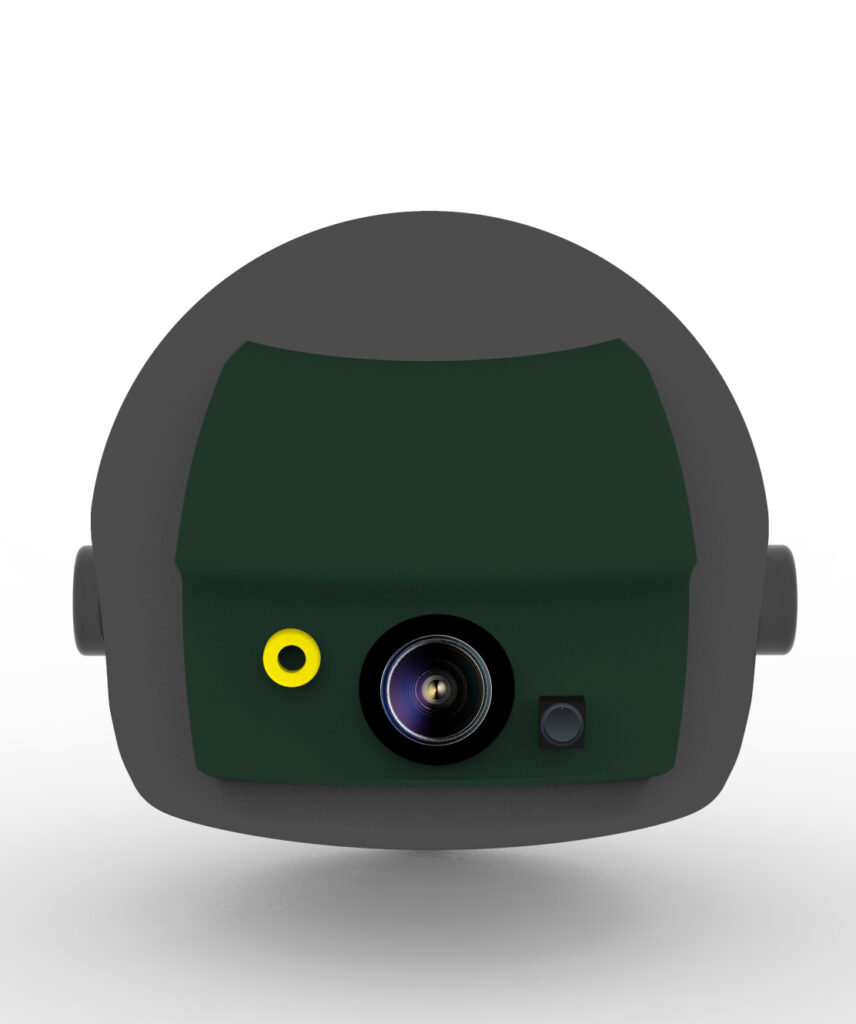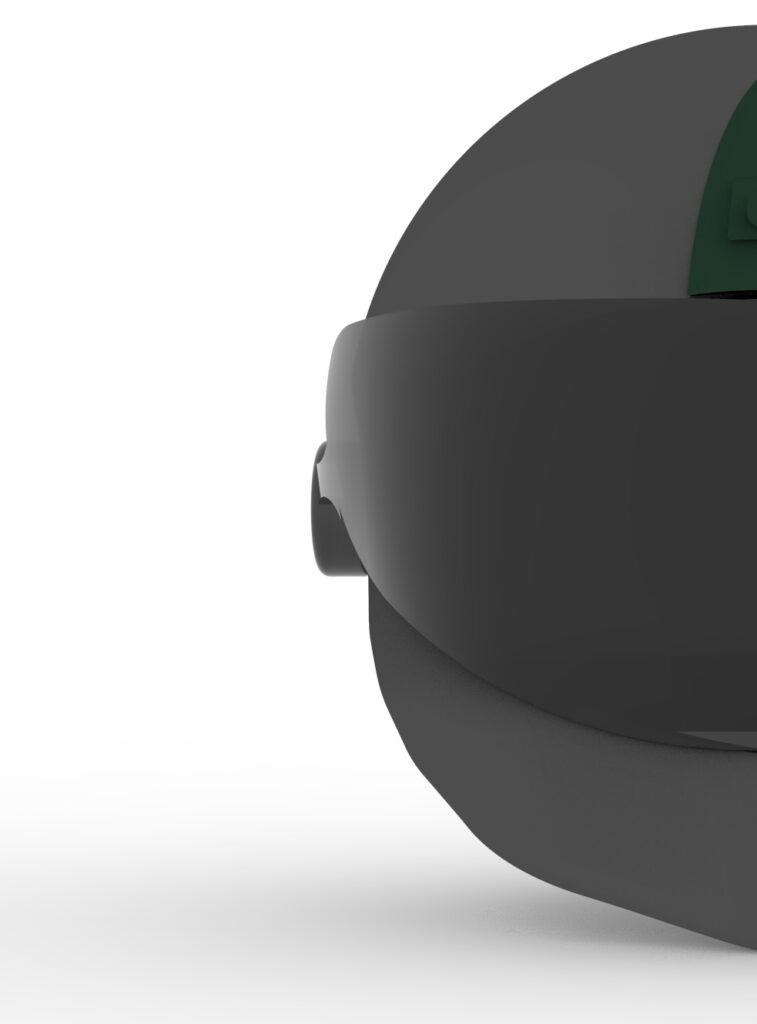Smart Helmet Concept

The smart helmet concept is designed with a focus on integrating advanced technology seamlessly into the safety gear of cyclists and motorcyclists.
Material and Construction
• Exterior Shell: The helmet’s exterior shell is made from a high-strength, lightweight composite material, commonly a blend of carbon fiber and polycarbonate. This combination provides excellent impact resistance and durability while keeping the helmet’s weight minimal.
• Manufacturing Process: The shell is produced using an advanced molding process that ensures uniform thickness and strength throughout. The carbon fiber is layered in a pre-determined orientation to maximize strength in key impact zones, followed by the injection of polycarbonate material under high pressure to bind the layers.

Integrated Technology
• Heads-Up Display (HUD): The HUD technology is based on a miniature projector system embedded within the helmet’s forehead area, projecting critical information such as speed, navigation, and traffic alerts onto a transparent display in the wearer’s field of vision.
• Rear-view Camera: A compact, wide-angle camera mounted on the back of the helmet provides a 180-degree view of the area behind the rider. This feed is transmitted in real-time to the HUD, effectively eliminating blind spots.
• Bluetooth Connectivity and Voice Control: The helmet includes built-in Bluetooth connectivity for pairing with smartphones, enabling hands-free communication, music streaming, and voice commands. This is achieved through integrated microphones and speakers, along with noise-cancellation technology to ensure clear audio.


Safety Features
• LED Lighting: For increased visibility during night riding, LED lighting is incorporated into the back of the helmet. These lights are designed to be highly visible from a distance and can be set to different modes (steady, flashing) based on user preference.
• Energy Absorption Liner: Inside the exterior shell, the helmet is lined with EPS (Expanded Polystyrene) foam for energy absorption. In the event of an impact, the foam compresses to dissipate energy, reducing the force transmitted to the head.
Comfort and Adjustment Features
• Adjustable Ventilation: The helmet includes an adjustable ventilation system that allows the rider to control airflow through the helmet, ensuring comfort in various weather conditions.
• Modular Visor System: A modular visor system enables the rider to easily swap out visors depending on lighting conditions. This system uses a simple mechanism for quick changes without the need for tools.
Manufacturing Considerations
• Assembly Process: The helmet’s assembly involves the precise integration of electronic components with the shell and liner. Special attention is given to the waterproofing and shockproofing of electronic parts.
• Quality Control: Rigorous testing is performed to ensure that the helmet meets safety standards, including impact resistance, penetration resistance, and the functionality of integrated technologies.